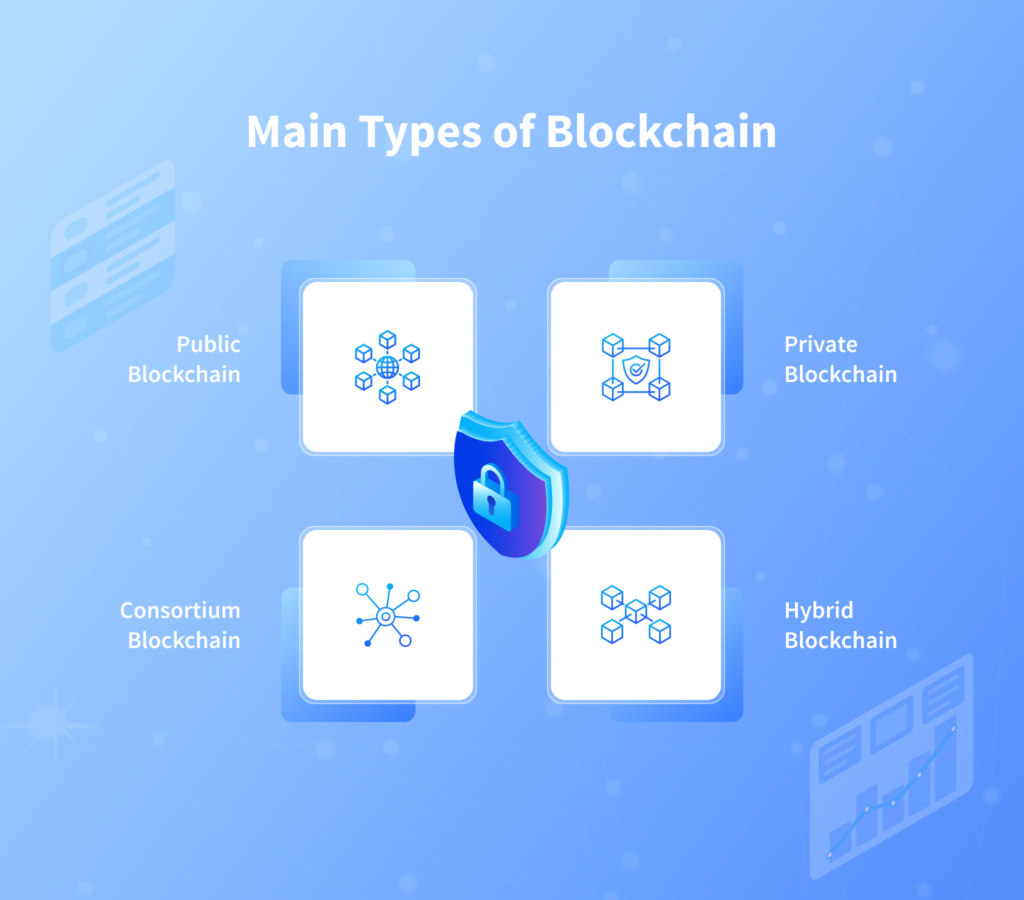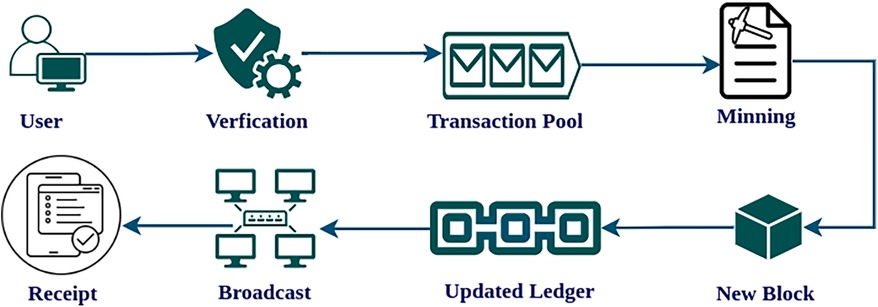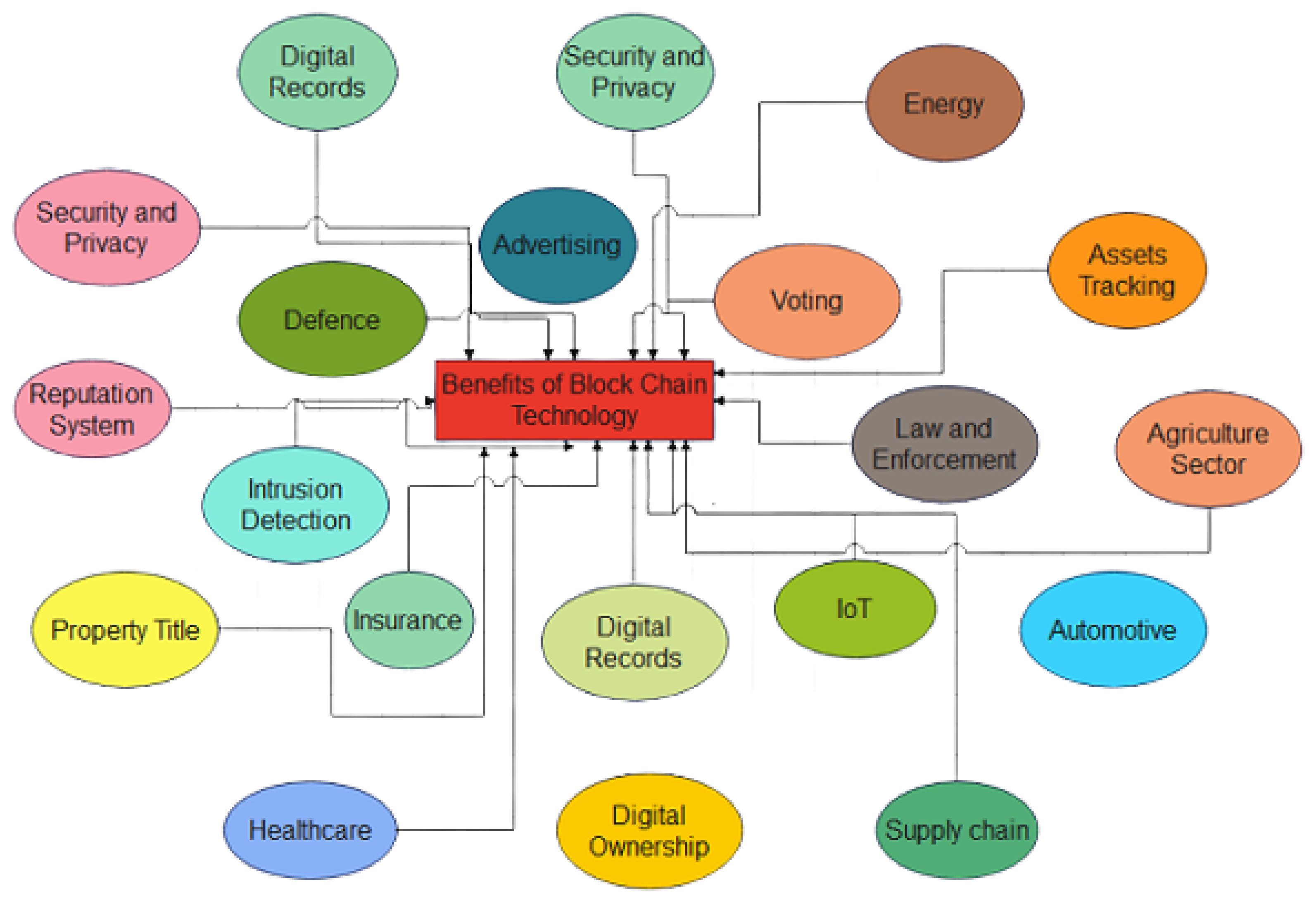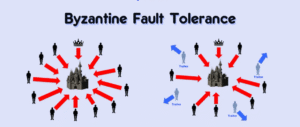Ever wondered how your Bitcoin or Ethereum wallet stays secure? The secret lies in elliptic curve cryptography (ECC), a powerful mathematical tool that protects blockchain transactions. ECC is fast, secure, and used by major networks like Bitcoin and Ethereum to create wallets and sign transactions. This beginner-friendly guide explains how ECC works, why it’s essential for blockchain, and how developers can use it. Let’s dive into the fascinating world of ECC!

What Is Elliptic Curve Cryptography?
Elliptic curve cryptography (ECC) is a type of public-key cryptography based on the mathematics of elliptic curves. It uses a pair of keys—a public key (shared) and a private key (secret)—to secure data. Think of it like a lock: anyone can lock a message with the public key, but only the private key holder can unlock it.
ECC is ideal for blockchain because it:
- Is Highly Secure: Offers strong protection with smaller key sizes than other methods like RSA.
- Saves Space: Smaller keys reduce storage and bandwidth needs.
- Is Fast: Enables quick transaction signing and verification.
In blockchain, ECC creates wallet addresses and secures transactions.
Why ECC Matters for Blockchain
Blockchains operate without a central authority, so they rely on cryptography to ensure security and trust. ECC plays a critical role by:
- Securing Wallets: Generating unique public-private key pairs for user addresses.
- Authorizing Transactions: Signing transactions to prove ownership without revealing private keys.
- Maintaining Efficiency: Enabling fast, lightweight cryptography for mobile wallets and nodes.
For developers, understanding ECC is key to building secure decentralized apps (DApps).

How Elliptic Curve Cryptography Works
ECC is based on the math of elliptic curves, but don’t worry—we’ll keep it simple! Let’s break it down with an analogy and technical details.
The Magic of Elliptic Curves
Picture an elliptic curve as a special graph shaped like a smooth loop. It follows an equation like y² = x³ + ax + b. ECC uses a specific curve (e.g., secp256k1 for Bitcoin and Ethereum) with a starting point called the generator point (G).
Here’s the key idea: multiplying G by a number (your private key) using a special operation (point addition) gives a new point on the curve (your public key). It’s easy to compute the public key from the private key, but nearly impossible to reverse-engineer the private key from the public key. This “one-way” math is what makes ECC secure.
ECC in Blockchain
In blockchain, ECC is used via the ECDSA (Elliptic Curve Digital Signature Algorithm). Here’s how it works:
- Key Generation: A random private key (a number) is chosen. The public key is calculated by multiplying the generator point by the private key on the curve.
- Wallet Address: The public key is hashed (e.g., using SHA-256 and RIPEMD-160 in Bitcoin) to create a compact address.
- Transaction Signing: The private key signs a transaction, creating a digital signature that proves ownership.
- Verification: Nodes use the public key to verify the signature without knowing the private key.
Bitcoin and Ethereum use the secp256k1 curve for its balance of security and efficiency.
Real-World Examples of ECC in Blockchain
ECC powers major blockchain networks:
- Bitcoin: Uses ECC (secp256k1) to generate wallet addresses and sign transactions, ensuring secure transfers.
- Ethereum: Relies on ECC for wallet creation and transaction authorization, including smart contract interactions.
- Mobile Wallets: ECC’s small key sizes enable lightweight wallets like MetaMask to run on smartphones.
Without ECC, blockchains would be slower, less secure, and less scalable.

Practical Example: Building an ECC-Secured DApp
Let’s create a simple Ethereum DApp that uses ECC to sign and verify transactions. We’ll use Solidity for a smart contract and Ethers.js for the front-end.
Step 1: Set Up the Environment
Install the required tools:
- Node.js: Download from nodejs.org.
- Hardhat: Install via
npm install --save-dev hardhat. - Ethers.js: Install via
npm install ethers. - MetaMask: Install from metamask.io.
Create a Hardhat project:
npx hardhat
npm install @openzeppelin/contracts
Step 2: Write an ECC-Secured Contract
Create a contract in contracts/SecureMessage.sol that verifies ECC-based signatures:
// SPDX-License-Identifier: MIT
pragma solidity ^0.8.0;
contract SecureMessage {
mapping(address => string) public messages;
event MessageStored(address indexed sender, string message);
function storeMessage(string memory message, bytes memory signature) external {
bytes32 messageHash = keccak256(abi.encodePacked(message));
bytes32 ethSignedMessageHash = keccak256(abi.encodePacked("\x19Ethereum Signed Message:\n32", messageHash));
address signer = recoverSigner(ethSignedMessageHash, signature);
require(signer == msg.sender, "Invalid signature");
messages[msg.sender] = message;
emit MessageStored(msg.sender, message);
}
function recoverSigner(bytes32 messageHash, bytes memory signature) internal pure returns (address) {
(uint8 v, bytes32 r, bytes32 s) = splitSignature(signature);
return ecrecover(messageHash, v, r, s);
}
function splitSignature(bytes memory sig) internal pure returns (uint8, bytes32, bytes32) {
require(sig.length == 65, "Invalid signature length");
bytes32 r;
bytes32 s;
uint8 v;
assembly {
r := mload(add(sig, 32))
s := mload(add(sig, 64))
v := byte(0, mload(add(sig, 96)))
}
return (v, r, s);
}
}
This contract allows users to store a message on-chain, but only if they provide a valid ECC signature, ensuring authenticity.
Step 3: Deploy the Contract
Create a deployment script in scripts/deploy.js:
const hre = require("hardhat");
async function main() {
const SecureMessage = await hre.ethers.getContractFactory("SecureMessage");
const message = await SecureMessage.deploy();
await message.deployed();
console.log("SecureMessage deployed to:", message.address);
}
main().catch((error) => {
console.error(error);
process.exitCode = 1);
});
Configure hardhat.config.js for Sepolia (use an API key from Infura or Alchemy):
require("@nomicfoundation/hardhat-toolbox");
module.exports = {
solidity: "0.8.0",
networks: {
sepolia: {
url: "https://sepolia.infura.io/v3/YOUR_API_KEY",
accounts: ["YOUR_PRIVATE_KEY"]
}
}
};
Deploy with npx hardhat run scripts/deploy.js --network sepolia. Note the contract address.
Step 4: Build a React Front-End
Create a React app to interact with the contract:
npx create-react-app ecc-dapp
cd ecc-dapp
npm install ethers
Replace src/App.js with:
import { useState } from 'react';
import { ethers } from 'ethers';
import './App.css';
const contractAddress = 'YOUR_CONTRACT_ADDRESS';
const contractABI = [/* YOUR_CONTRACT_ABI */]; // From Hardhat artifacts
function App() {
const [account, setAccount] = useState(null);
const [message, setMessage] = useState('');
const connectWallet = async () => {
if (window.ethereum) {
const provider = new ethers.BrowserProvider(window.ethereum);
const accounts = await provider.send('eth_requestAccounts', []);
setAccount(accounts[0]);
} else {
alert('Install MetaMask!');
}
};
const storeMessage = async () => {
if (!account || !message) return;
const provider = new ethers.BrowserProvider(window.ethereum);
const signer = await provider.getSigner();
const contract = new ethers.Contract(contractAddress, contractABI, signer);
const messageHash = ethers.keccak256(ethers.toUtf8Bytes(message));
const signature = await signer.signMessage(ethers.getBytes(messageHash));
await contract.storeMessage(message, signature);
alert('Message stored!');
};
return (
ECC-Secured Message DApp
{!account ? (
Connect Wallet
) : (
Connected: {account} setMessage(e.target.value)}
/>
Store Message
)}
);
}
export default App;
Add styling in src/App.css:
.App {
text-align: center;
padding: 50px;
font-family: Arial, sans-serif;
}
input {
padding: 10px;
margin: 10px;
width: 200px;
}
button {
padding: 10px 20px;
margin: 10px;
cursor: pointer;
background-color: #0288d1;
color: white;
border: none;
border-radius: 5px;
}
button:hover {
background-color: #0277bd;
}
Run with npm start. Connect MetaMask to Sepolia, enter a message, sign it with your ECC private key, and store it on-chain. Get test ETH from sepoliafaucet.com.

Benefits of ECC in Blockchain
ECC offers significant advantages:
- High Security: Smaller keys provide equivalent security to larger RSA keys, resisting attacks.
- Efficiency: Fast signing and verification support high transaction throughput.
- Compactness: Smaller key sizes reduce blockchain storage and bandwidth needs.
These benefits make ECC the go-to choice for blockchain cryptography.
Challenges of ECC in Blockchain
Despite its strengths, ECC has limitations:
- Complexity: Understanding and implementing ECC requires cryptographic expertise.
- Key Management: Losing a private key means losing access to funds forever.
- Quantum Risk: Future quantum computers could potentially break ECC, though post-quantum cryptography is being developed.
Use secure libraries and educate users on key safety to address these issues.
Tips for Developers Using ECC
To leverage ECC effectively:
- Use Trusted Libraries: Ethers.js or Web3.js handle ECC operations securely.
- Audit Contracts: Scan for signature-related vulnerabilities with MythX or Slither.
- Test Thoroughly: Simulate attacks on testnets using Hardhat.
- Stay Updated: Monitor ECC advancements, especially quantum-resistant cryptography.
These practices ensure your DApps are secure and reliable.
Resources for Learning More
Deepen your ECC knowledge with these resources:
- Ethereum Docs: Cryptography basics at ethereum.org.
- Bitcoin Wiki: ECC in Bitcoin at bitcoin.it.
- Blockchain Communities: Join discussions on Ethereum Stack Exchange or Bitcoin forums.
Stay curious to master blockchain cryptography.
Conclusion
Elliptic curve cryptography is the backbone of blockchain security, enabling secure wallets and transactions with speed and efficiency. By building an ECC-secured DApp, you’ve seen how it powers Ethereum and Bitcoin. Keep exploring ECC tools and best practices to create robust DApps, and share your cryptography insights in the comments below!






















